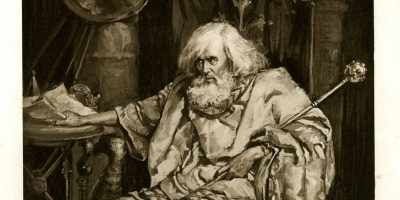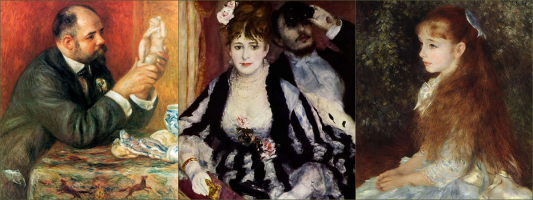Top 8 Heinous Crimes solved by Award Winning Forensics
The FBI has been honoring "an outstanding latent examiner or officer who solved a big violent crime by using the FBI's IAFIS database" with the "Latent Hit of ... read more...the Year" Award since 2007. So what does that actually mean? A latent examiner is a forensic expert who examines a crime scene in search of latent prints, which are unintentional imprints of friction skin from the fingers or palms that have spread to adjacent surfaces. Let's look at few situations whose answers were deserving of this honor today.
-
The Las Vegas Metro PD was awarded the 2018 Biometric Identification Award. Once more, it was a burglary and an attempted sexual assault rather than a murder. Las Vegas police were worried that their criminal will soon carry out another attack if they weren't caught.
Although it had an uncommon forensic clue, this case was rather simple, and it currently holds the distinction of being the last to receive the Biometric Identification Award.
One night, the female victim woke up to find a stranger in her bedroom, which is how the case got started. After a fight, he rushed on her and demanded to know where she stored the money. She indicated a jar by her bed, and the thief made off with the enormous sum of $26 after seeing her point.
Despite his careless attack, the suspect showed astonishing skill at leaving no evidence behind. Almost little indication remained that he had ever entered that home. He was competent, but the forensics team outperformed him and found two latent palm prints.
It is very infrequently that a case only produces usable palm prints and no fingerprints, but that is exactly what happened in this case. Naturally, there were no matches in the neighborhood database, but fortunately for the Las Vegas PD, the FBI's NGI System also featured a palm print database, which at the time had about 15 million entries. It was doubly lucky because their suspect, Phillip White, who was ultimately found guilty of attempting a sexual assault, was present.- Year: 2018

Image by kat wilcox via pexels.com 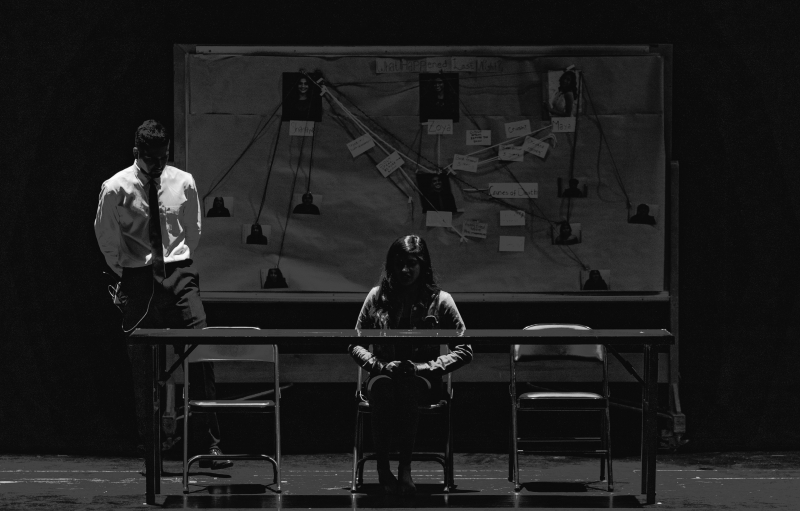
Image by Martin Lopez via pexels.com -
Investigators Jenny Hall and Meghan Blackburn from the Austin Crime Lab in Texas won the 2017 prize, which was given out for a creative solution that was more appropriate for a CSI episode than a real-world situation.
Again, this is not a murder case; rather, we are dealing with a heinous child predator who shared pictures of a nine-year-old girl within a Dropbox account in 2015. The Texas Department of Public Safety, or DPS, was alerted to his internet conduct but was having trouble identifying him. The detectives indicated above discovered that even though there were no overt identifiers in the images, the criminal's hands were frequently visible. In actuality, the crisp visuals allowed them toSince they could really see the ridges in his fingerprints due to the great image quality, they speculated that they would be able to recreate his fingerprints just from the photographs. The hands' scale and dimensions were then determined by a series of meticulous calculations, measurements, and "filling in the blanks."
Composites of the fingerprints displayed in the images were the end result, but they were good enough to quickly register as hits in the FBI's NGI System. Robert Bossick Jr. was named as the suspect; he eventually admitted to the crime and had hundreds more of the same recordings and photos. He received a 50-year prison term.
- Year: 2017

Image by Donald Tong via pexels.com 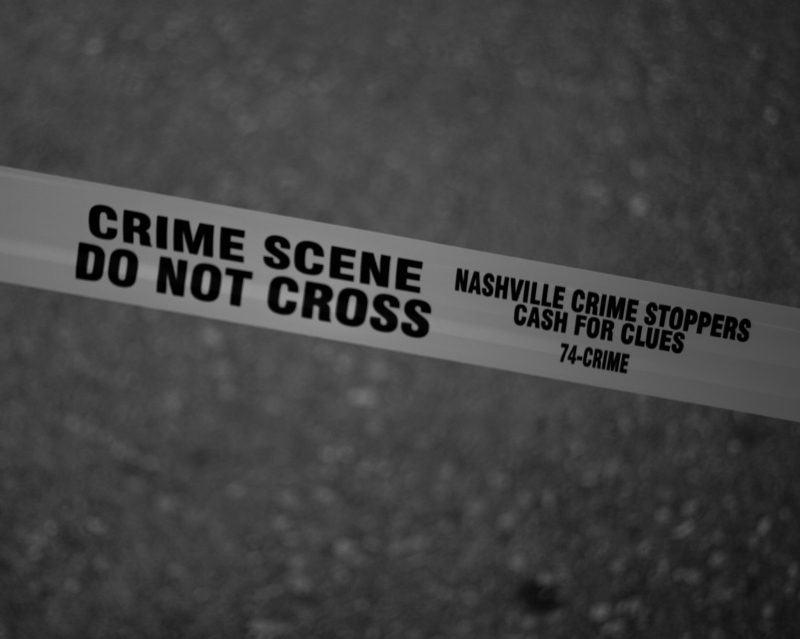
Image by Mark D'aiuto via pexels.com -
The whole San Bernardino County Sheriff's Department in California received the honor in 2016 for solving a 25-year-old cold case murder. In 1991, a dead corpse was discovered in a hotel room in the city of Victorville, and the sheriff's office was called. The man, who was eventually identified as John Miller, had been towel-strangled and dumped beneath the bed.
The Chevy pickup that his killer then took was found a few days later. Investigators were having trouble locating any useful clues that the murderer may have left behind, despite the fact that the crime was brutal. On the end, they only found one latent print in the driver-side mirror of the automobile, which the offender probably adjusted out of habit and neglected to clean. Even yet, the authorities were unable to identify the person from that one print, and the investigation was abandoned.
A cold case unit made up of two homicide detectives and a deputy district attorney was established by the sheriff's office in 2008, decades after the original incident. When news of John Miller's unsolved murder reached their desks in 2010, they decided to run the print once more. State databases proved fruitless, however the FBI's IAFIS found a match to a Michael Arrowood who was presently residing in Tennessee.
When questioned by police, Arrowood eventually admitted to the crime but said that his brother Chris was the one who had killed Miller. He claimed that after returning to Miller's motel room for pizza and drink, the brothers made the decision to rob and kill him when they saw that he had $1,000 in cash on him. Chris Arrowood strangled John Miller, and trace DNA evidence found on the towel proved it. Both brothers were then detained, accused of the crime, and found guilty.- Year: 2016
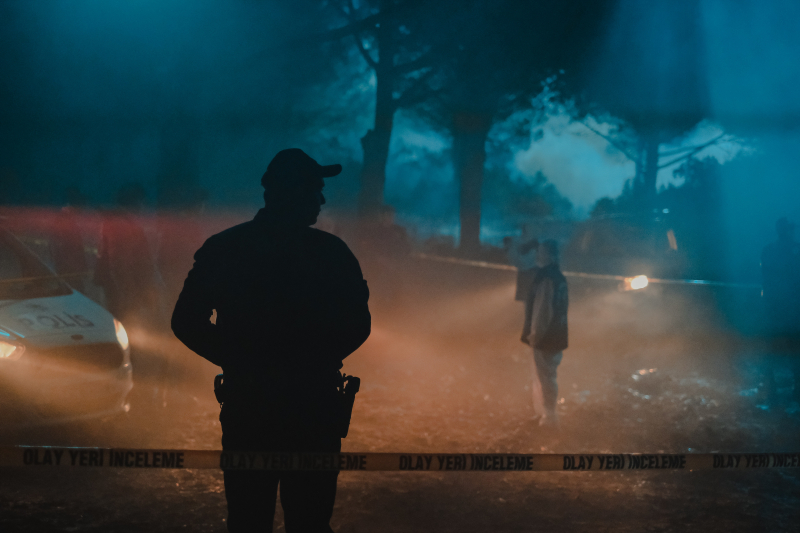
Image by Faruk Tokluoğlu via pexels.com 
Image by Josh Hild via pexels.com -
The FBI began awarding the Biometric Identification Award in 2015, amended to cover all biometrics rather than just fingerprints. IAFIS had been replaced at the same time by the more sophisticated Next Generation Identification, or NGI System, which featured a number of services designed to aid law enforcement organizations.
Detective Melvin Grover of the Norfolk Police Department in Virginia received the honor that year. As a reminder, the prize is given for resolving significant violent crimes of all types, not only murder. Grover's case involved a terrible double rape that was carried out on the same victim four weeks apart, which the new NGI System assisted him in solving.Police found DNA and fingerprints at the location of the first incident in August 2008, but they were unable to link them to anything in their database. Four weeks later, the same mother was the target of a second, even more violent assault in which the perpetrator also abused her daughter. More prints were discovered by investigators at the scene, confirming that the same individual had committed both murders, but they did not match anything in their databases.
Before 2010, when an unexpected lead arrived from Kuwait, the trail fell cold. DNA found at the scene linked the attempted rape of a female officer to the attacks in Norfolk, according to military authorities looking into the case. Despite the fact that it appeared to be the same individual, there are still no suspects.
The FBI's adoption of the new NGI System, which permitted the inclusion of civil records in latent searches, marked the final milestone in 2013. When the attacks occurred, Amin Garcia, a reserve soldier who had previously served, was in Norfolk and Kuwait. He was later adjudicated guilty in both instances.- Year: 2015

Image by cottonbro studio via pexels.com 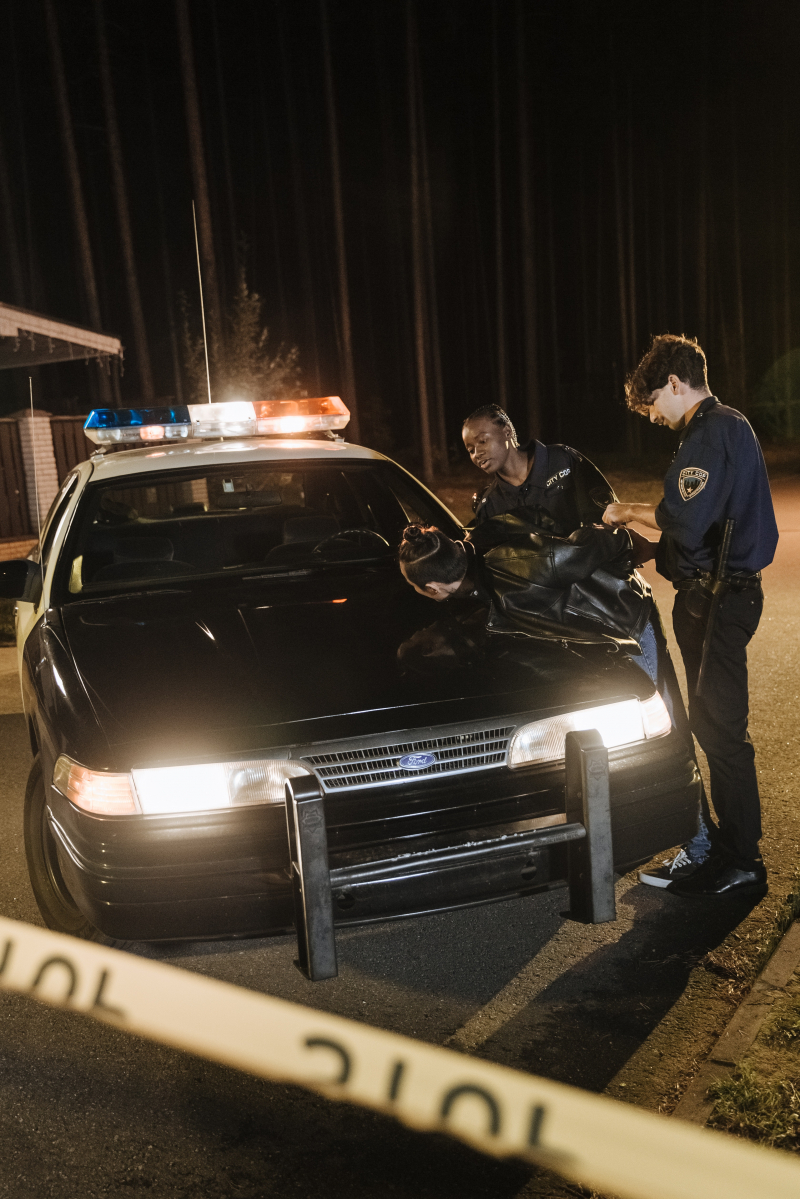
Image by cottonbro studio via pexels.com -
This 2012 case has the drama and flair you'd anticipate from a murder in a book or movie. Carroll Bonnet of Omaha, Nebraska, was discovered dead in his apartment on October 17, 1978, after missing work. He had been stabbed and left naked, and there were obvious traces of a battle in his apartment. The murderer left a taunting letter for the police next to the body that said, "I am leaving this crime with only one clue. Find it on your own, Pig! Helter. Die Pig.
What was it then? There were two prints in the bathroom, cigarette butts in the garbage, bloody towels on the floor, and an open beer can in the kitchen, among other evidence that the killer had been there. None of these, though, appeared to be a deliberate hint left there to alarm the police. The murderer drove off in the victim's 1964 Buick. More prints were eventually discovered inside the car after it was recovered, but nothing pointed to the identify of the culprit.
In 2008, Omaha Police Department established a cold case team under the direction of Detective Doug Herout. Laura Casey, a forensic technician, processed the prints through IAFIS and discovered Jerry Watson as a hit. However, the printouts alone weren't sufficient. He might have had a valid excuse for going to Bonnet's place. They were the beginning point for the team's Watson inquiry instead. After an interview, they obtained a DNA sample, and that is when all the other pieces of evidence began to come together. The butts of the cigarettes matched Jerry Watson. Jerry Watson and the beer can were matched. A hair that was discovered at the scene was Jerry Watson's. Almost everything led to Watson, and as a result, he was accused of the murder and found guilty.
But what was the murderer's leave behind as a clue? After all, it was 1978, and Watson couldn't have known that decades later, DNA would play a part in his incarceration. Instead, he practically signed his own work by leaving a newspaper next to the body with the signature "Jerry W." scrawled in cursive and then scribbled out.
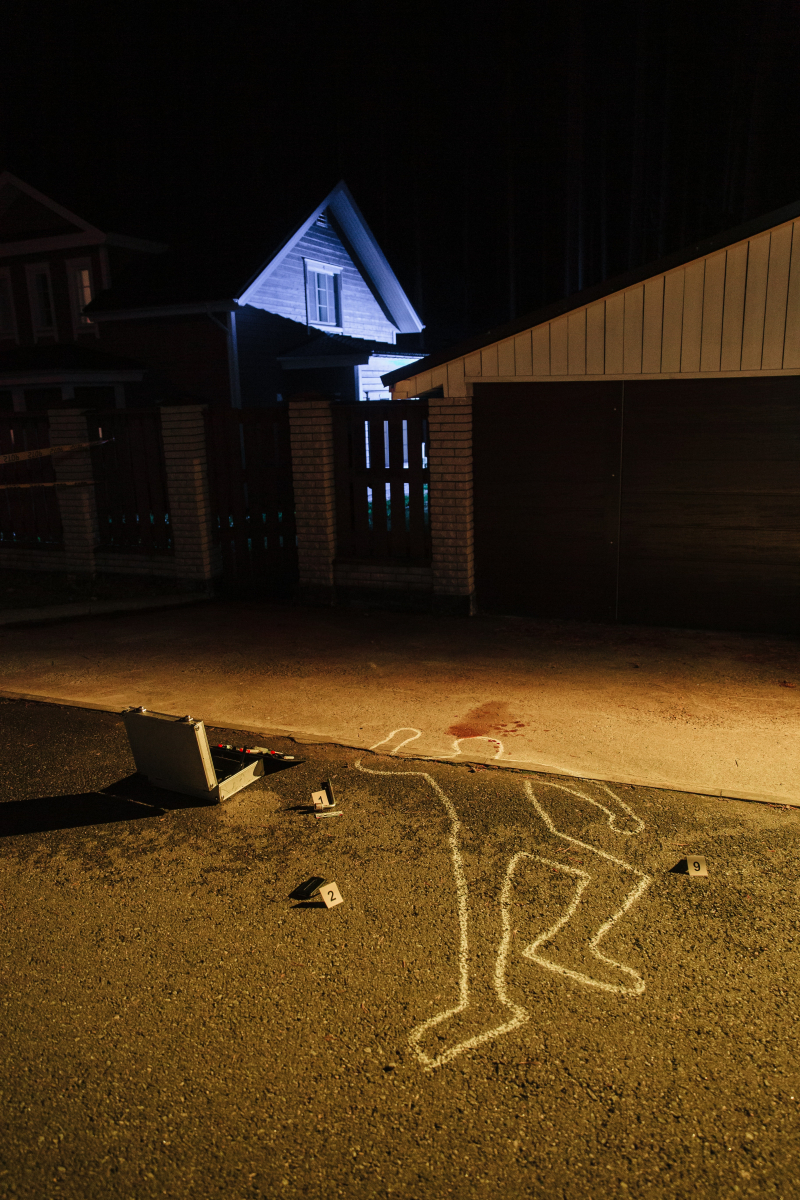
Image by cottonbro studio via pexels.com 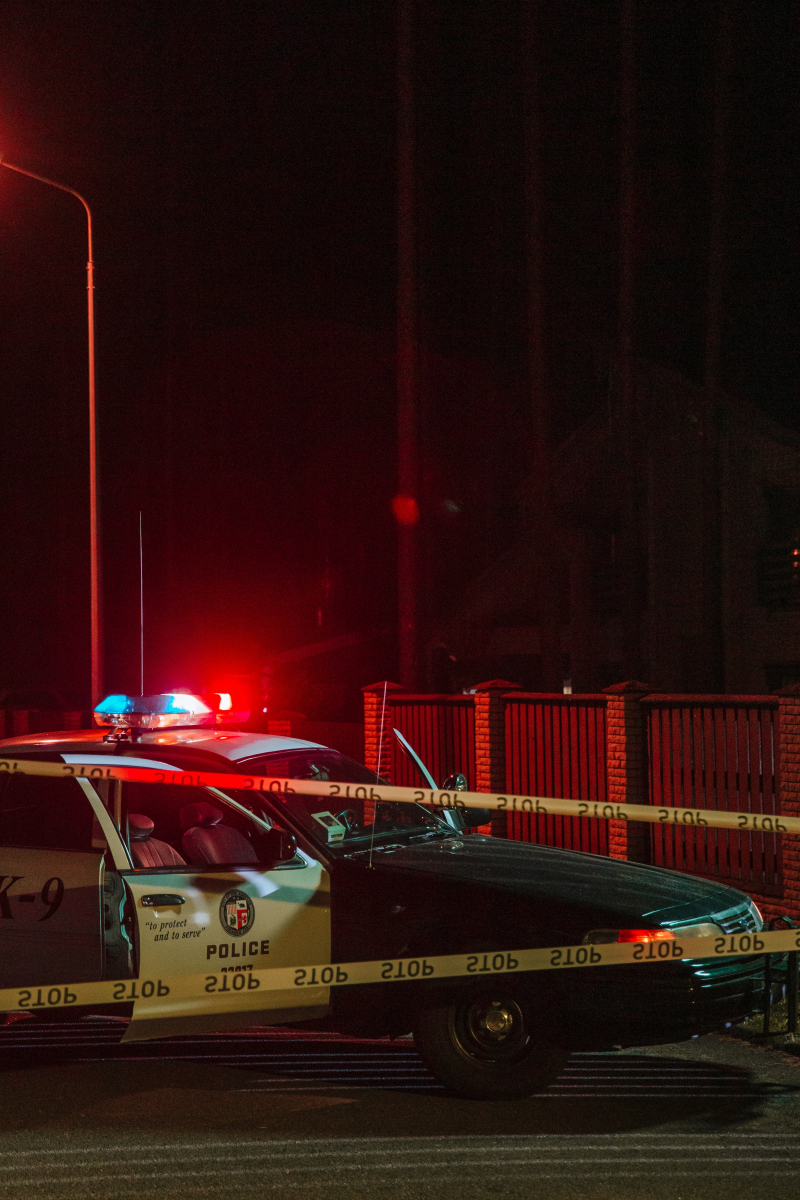
Image by cottonbro studio via pexels.com -
Some "Latent Hit of the Year"-winning cold cases can be traced back much longer, as the 2011 case, which dates back to 1969. Diane Maxwell, a 25-year-old phone operator, was attacked on December 14 of that same year as she traveled to her job at Southwestern Bell in Houston, Texas. Before her killer fled in her 1968 Mustang, she was raped, killed, and thrown in an abandoned cottage.
David Maxwell, Diane's brother, joined the Texas Rangers in the years that followed in an effort to one day put an end to the investigation into his sister's death. He renewed the investigation in 1986, but he was still unable to identify the murderer. He did so once more in 2003, turning to Houston PD homicide investigator Jim Ramsey, who took charge of the investigation. He then turned to latent print specialist Jill Kinkade for assistance with the forensics.
The detectives were shocked to learn that the case's evidence had been poisoned over several years, as they had been with the prior entry, but this was worse than simply a few rats. Many pieces of evidence had been simply discarded for unknown reasons, but the crime scene photographs had been removed from the property room and sold to a detective magazine.Investigators started searching through cold case files in the hopes that some of the evidence had just been misplaced, and after a month of looking, they found anything of value. They discovered the cards with the lifted fingerprints from the Mustang, which had been inadvertently stored in a 1986 file. The only piece of evidence still present in the case, but the only one they required. In just a few hours, Kinkade received the results after running the prints via IAFIS. James Ray Davis, a man who had been in and out of prison since the early 1960s, was their top contender. He admitted to his crime during an interview, and he received a life sentence.
- Year: 2011
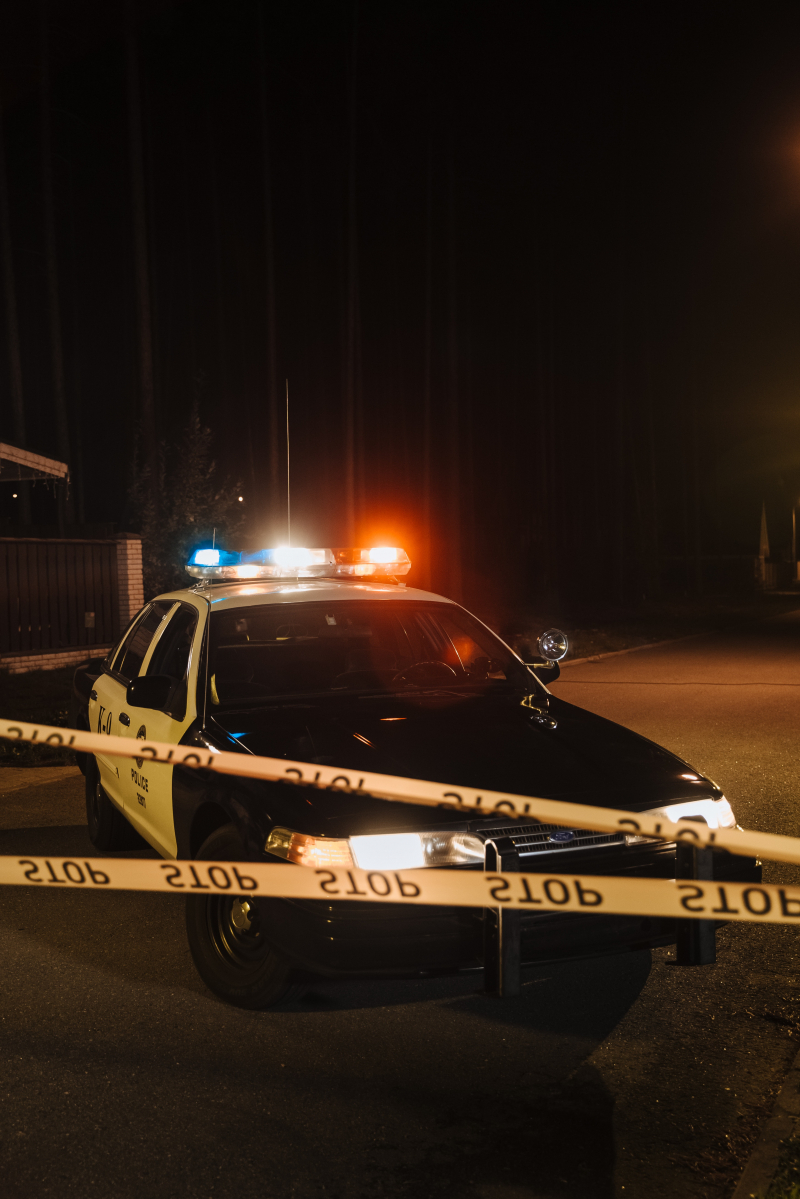
Image by cottonbro studio via pexels.com 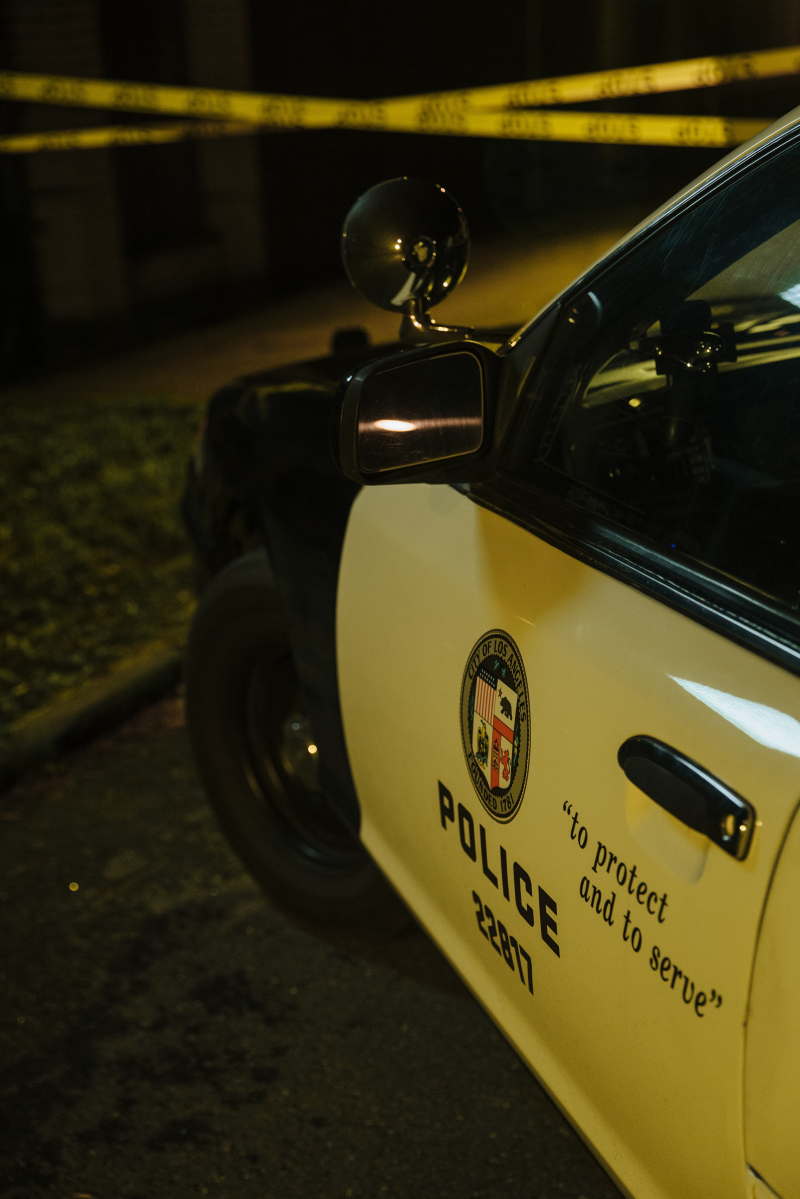
Image by cottonbro studio via pexels.com -
Even older than the first case, the second was given a "Latent Hit of the Year" Award. Chuck Gaylor, a novice forensic examiner, was sent to a crime scene in Escondido, California, on April 30, 1977. Liborio Lindin, a 24-year-old migrant laborer, was found dead in the garage of a house that was still under construction. He had been battered and covered in blood. The garage was bloody from a brawl that had obviously happened inside. A bloody fingerprint was found at the scene, but there was no other evidence that could be used to identify the murderer. The case remained unresolved and became Escondido's oldest unsolved cold case.
Let's go back to 2007. By that time, Chuck Gaylor had already retired, but he accepted a new position with Escondido PD as a reserve officer in charge of a cold case unit. He came found the Lindin murder from his first year and decided it was time to put it to rest. But right away, there was yet another significant setback. The Escondido Police Department's property room experienced a serious rat infestation throughout the years, and the rats also destroyed a lot of important evidence. Only one image of the bloodied partial fingerprint and the crime scene photographs were preserved from this case.
Latent examiner Hoi Lui was given the job of modifying the print, and she did so in a number of different ways until she obtained a usable print. Lui used IAFIS to find 20 potential partners. The crew finally found their guy in Michael Moon, a carpenter who had previously served time in jail and been out on parole for two other murders and attempted murders, after conducting around 100 interviews across the nation. Despite his past, Moon received just an eight-year sentence for the death of Lindin, and after serving four years, he was granted parole once more.
- Year: 2008
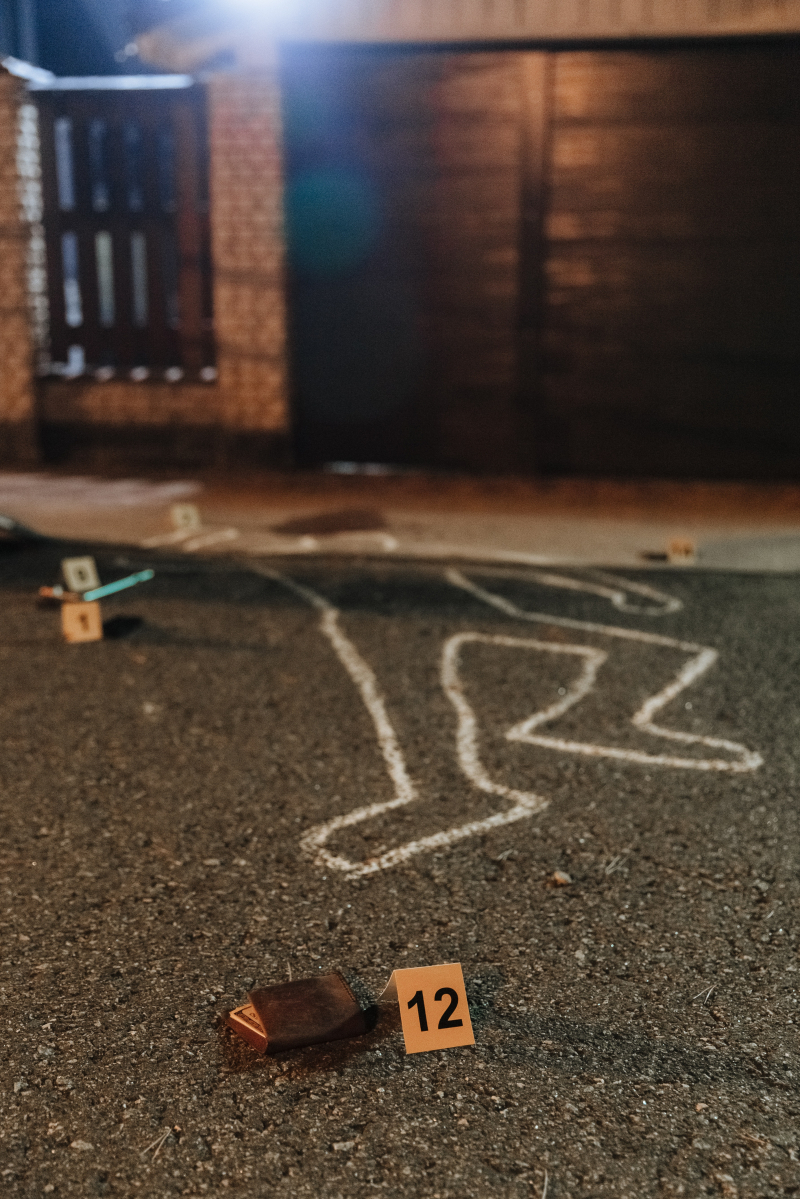
Image by cottonbro studio via pexels.com 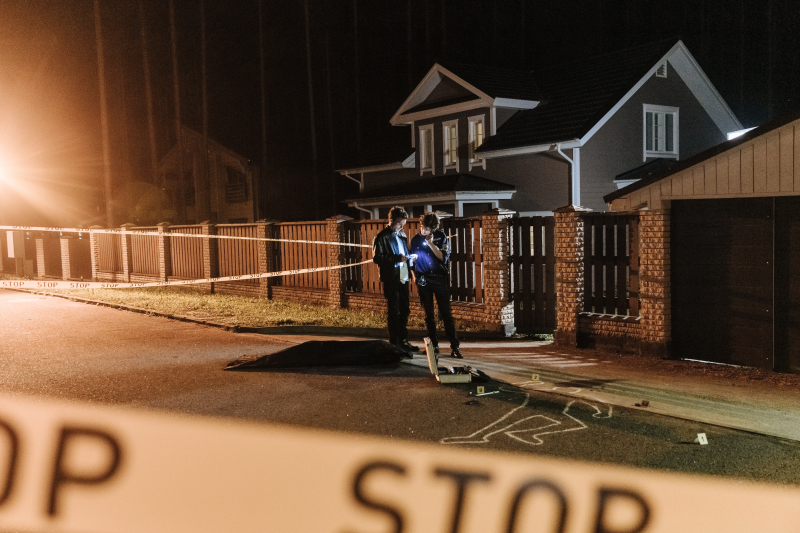
Image by cottonbro studio via pexels.com -
Let's start with the first case, which was given the "Latent Hit of the Year" award in 2007 and deservedly so because it resolved a nearly 30-year-old cold case that occurred in Big Rapids, Michigan. Shortly before turning 90 on April 23, 1980, 89-year-old Stella Lintemuth was assassinated in her own bedroom. Because Big Rapids was a tiny town with a low rate of violent crime, the local police were unprepared to handle such a case. They reasoned that the killer was probably a transient who rode the railway because there were train tracks outside the victim's residence, but it was pretty much the only lead they had.
As a result, they acquired assistance from a state forensic team that included Jerry Disler, a latent examiner. From the base of an ancient porcelain lamp, whose chain was used to strangle the victim, he found two prints. That was the only indication of the murderer's presence inside the house. The police were aware that identifying the fingerprints meant locating the offender, but they also understood the slim likelihood that this would occur. The only thing the police could do, given that it was 1980, was manually compare the prints to the fingerprint cards they had on file. They were unsuccessful, and the murder of Stella Lintemuth was still an open investigation when Jerry Disler retired 16 years later.
That is why Greg Michaud, a different forensic scientist who first learned about the case during his training program, received it after many years. Since the database was unavailable during the initial examination, he recognized in 2006 that it was unlikely that anyone had ever submitted the prints to IAFIS. Scott Elwood Graham, who was at the time confined to a mental hospital, tested it and got a hit. In 2009, Graham was convicted after a brief six-day trial.
- Year: 2007
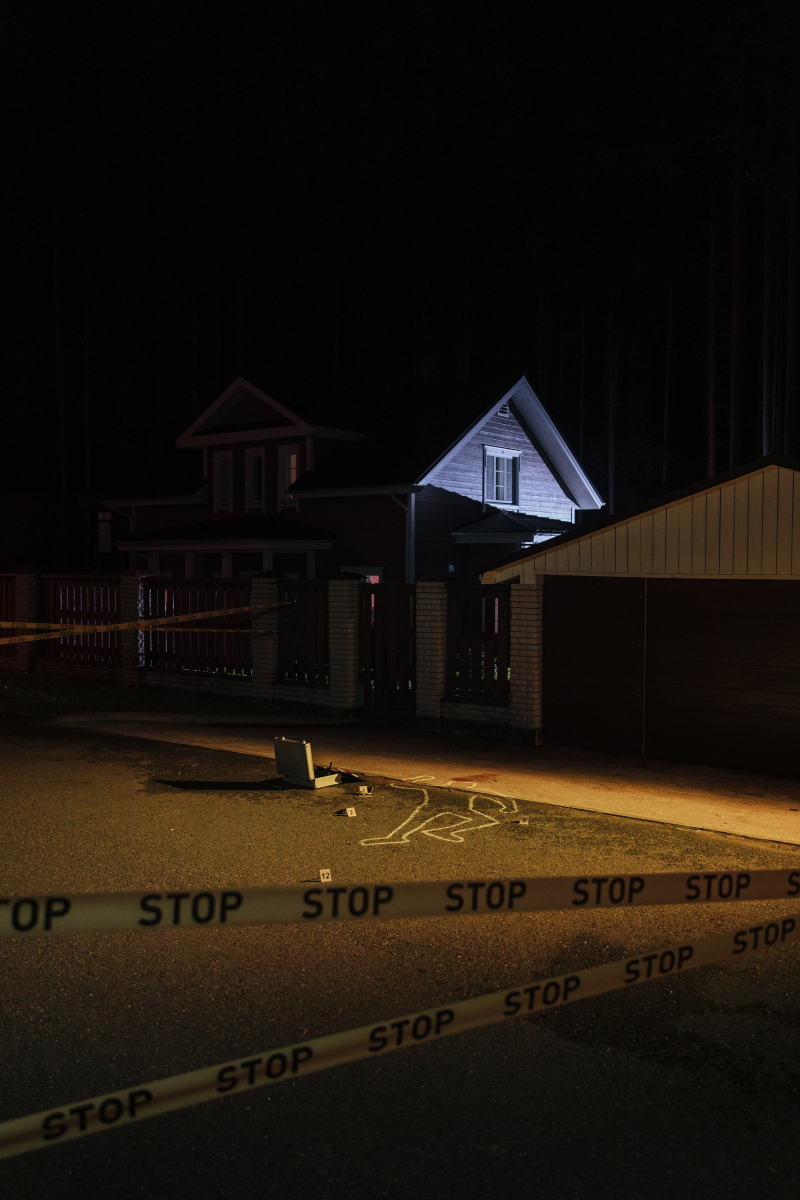
Image by cottonbro studio via pexels.com 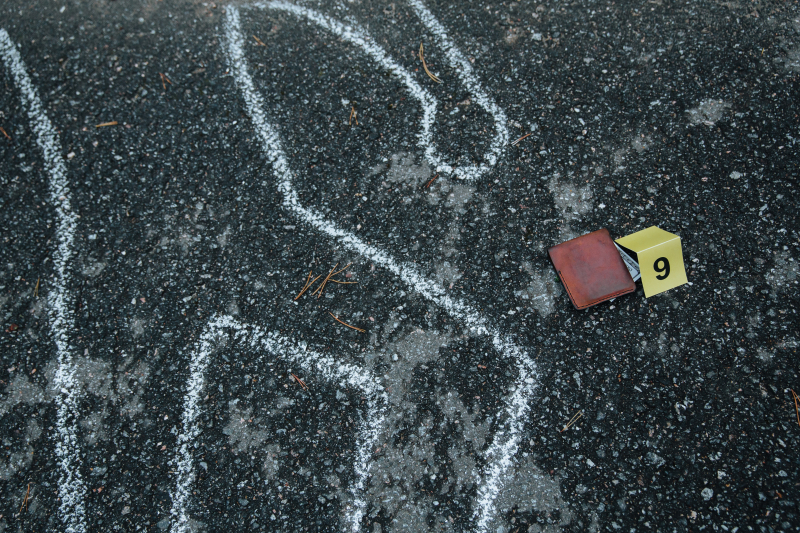
Image by cottonbro studio via pexels.com



















